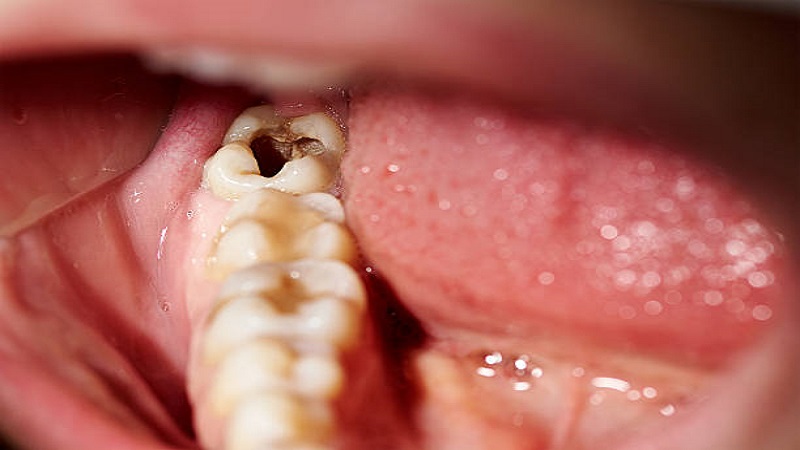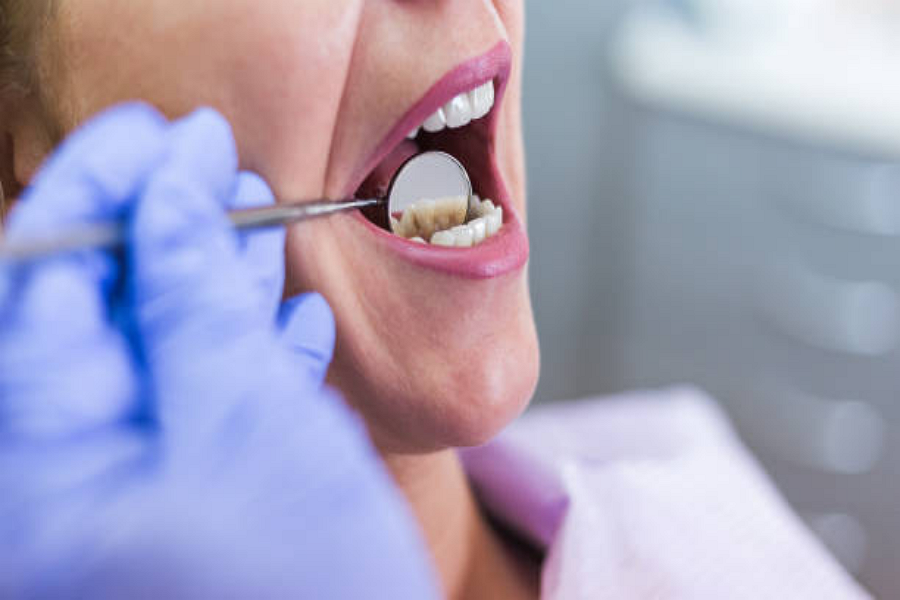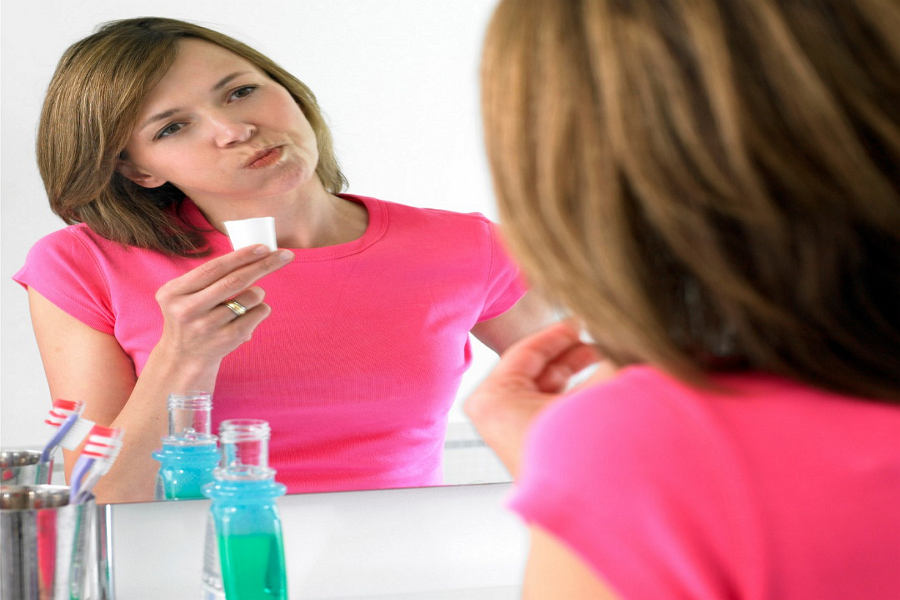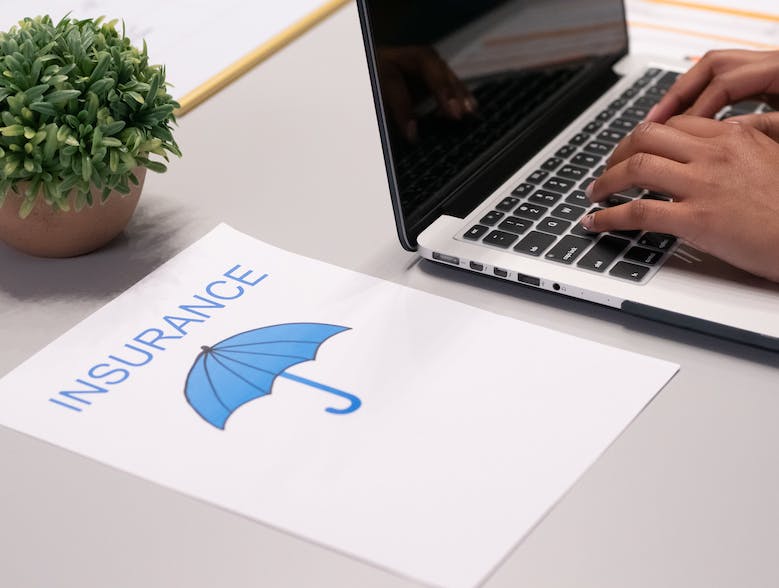According to a number of studies and dental reports, tooth decay is the most common health problem in the world. Caused by poor oral hygiene in both children and adults, this condition typically doesn’t start with profound symptoms like sharp pain and sensitivity issues. Hence, it is quite difficult to spot in its early stages, especially if you don’t know what to look out for.
The trick to identifying tooth decay is to learn the different stages associated with it. This makes it easier to recognize when something is off.
That’s why Dr. Manigault, one of the top dentists in Elkin, is here to calm your fears by explaining everything you need to know about the stages of tooth decay.
Stage 1: Demineralization
Demineralization is a process that happens when a tooth begins to accumulate plaque and lose calcium. This process begins when the bacteria in plaque start feeding on the sugar you ingest and releasing acid as the sugar metabolizes. The acid is then released onto the enamel (the outer surface of the tooth) and causes white spots in the affected areas of the tooth.
Treatment
At this stage, all you will need is a fluoride treatment to replenish the minerals your tooth or teeth have lost. This kind of treatment is also known as remineralization. Fluoride toothpaste, fluoridated water, or a professional fluoride treatment from your dentist will all help strengthen tooth enamel.
Stage 2: Enamel Decay
If demineralization is not stopped in time, the bacteria from the plaque will continue to attack your enamel. Eventually, when your body cannot restore the minerals in your tooth quickly enough, your tooth enamel will start to decay. As this happens, the white spots on your tooth will darken to a brownish color.
As this progresses, a lesion will also form within the tooth and, if left untreated, will become a cavity.
Treatment
Getting a dental filling at the dentist is highly effective in treating enamel decay. During the procedure, the affected part of the tooth will be removed and then filled with resin, ceramic, or a dental amalgam, which will be the same color as your tooth.
Stage 3: Dentin Decay
If enamel decay is left unchecked, it will eventually spread to the next layer of your tooth – the dentin. This layer is much softer than enamel, so the acid damage at this point will be faster.
Dentin decay is often associated with extreme tooth sensitivity to hot, cold, and sugary types of food. If you notice your teeth are extra sensitive, your next step should be to see your dentist as soon as possible.
Treatment
Depending on how much the decay has progressed, treatment can vary from a dental filling – if discovered early enough – to a crown placement if the decay has advanced.
Stage 4: Pulp Decay
At this stage, the decay will have already eaten through to the tooth’s center, leaving a hole (cavity) in the tooth. During this stage, you will likely feel significant pain near the affected tooth. Once the decay has reached the tooth’s center, it will target the blood vessels and nerve endings that lie inside.
Treatment
Once the decay has started affecting the pulp, a root canal procedure will be necessary to save your oral health. This procedure involves completely removing the infected pulp from inside the tooth. Afterward, a dental crown will be placed on top of the affected tooth to protect the nerves.
Stage 5: Abscess
An abscess occurs when bacteria invade the tooth root and cause an infection. This will lead to pus forming at the bottom of the tooth. If not immediately treated, the abscess will damage the jawbone and surrounding tissues as well.
Treatment
At this stage, a root canal is necessary to remove the infection before it worsens. However, in severe cases, a dental extraction may have to be performed.
How to Prevent Tooth Decay in Elkin, NC
Fortunately, with excellent oral hygiene and regular dental checkups, tooth decay can be prevented. Here are a few things you can do to protect yourself from tooth decay:
- Brush your teeth twice a day
- Limit your intake of sugary substances
- Use toothpaste that contains fluoride
- Ask your dentist about sealants
- Use fluoride water to rinse your mouth
- Rinse and floss after meals, especially after consuming carbohydrates, sticky foods, and candy
Tooth decay doesn’t happen overnight. It pays to be proactive. Keeping an eye on what you eat and scheduling regular visits with your dentist is the best way to prevent tooth decay.
When to Schedule Your Dental Appointment in Elkin
In the early stages of tooth decay, you might not notice any significant signs or symptoms. Regular visits to your dentist will help you better monitor your teeth. Dental checkups are designed to catch even the smallest sign of an oral health issue early on so it can be dealt with as quickly and painlessly as possible.
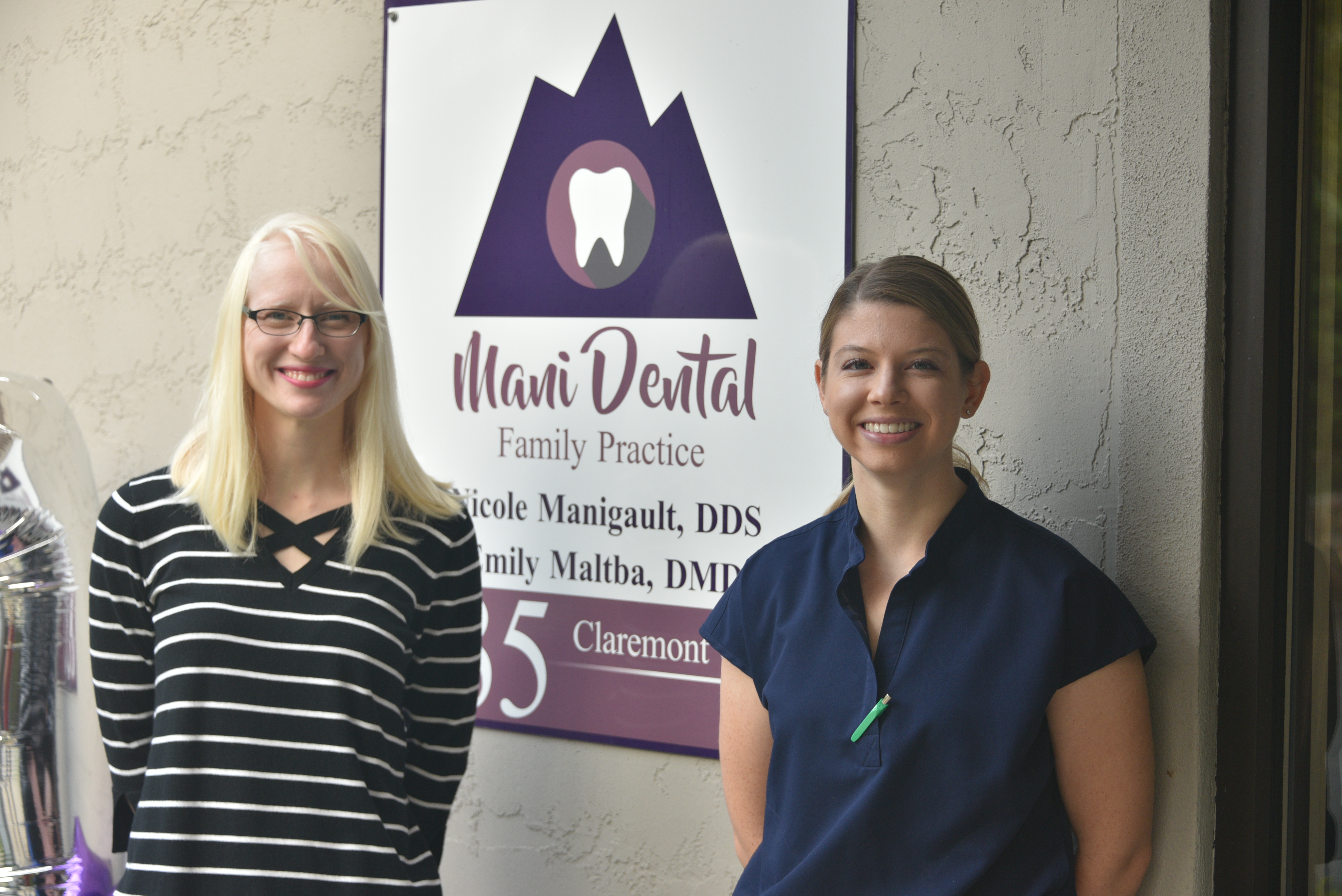
ManiDental Family Practice offers quality dental care services, including dental checkups in Elkin, NC, that can help you check for tooth decay and improve your oral health. Book your appointment today or reach out to our dental team if you have any questions or notice any signs of tooth decay. We’re here to give you a reason to smile!
